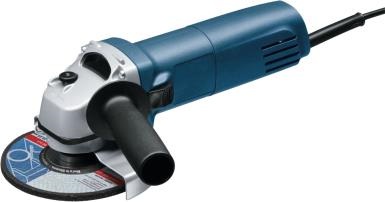Background
An angle grinder is a common power tool used on mine sites for cutting, grinding, sanding and polishing. The portability and versatility of angle grinders means they can be used for a variety of tasks, each with its own hazards.

Summary of hazard
Contact with powered equipment with moving parts, such as angle grinders, can potentially lead to electric shock as well as abrasive, friction or cutting injuries.
Note: A recent incident from New South Wales illustrates the hazards involved in using these tools, when a person’s hand was severed while working at home.
From 01 January to the 21 October 2016 the Department of Mines and Petroleum received 28 injury notifications for workers who were using either a four- or five-inch angle grinder.
In 32% of notifications the injury was a laceration. In one of these incidents, the worker was off work for 35 days, while in another incident, facial surgery was required.
In over 60% of all notifications an electric shock was received, either from the angle grinder directly, or alternatively, from the electrical lead, plug or generator.
The Department is concerned about the use and maintenance of these types of tools.
Contributory factors
Generally, an injury from an angle grinder can arise from:
- the angle grinder "kicking-back” while in operation
- poor work methods (e.g. one-handed operation) which result in a loss of control of the tool
- fluid (e.g. process liquors) coming into contact with the angle grinder while in use
- poor storage practices, resulting in the angle grinder’s internals becoming damp
- electrical leads not being managed correctly
- undetected damage to the angle grinder, electrical leads or sockets prior to use
- not replacing or using the auxiliary handle when required.

